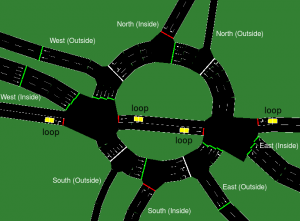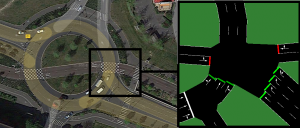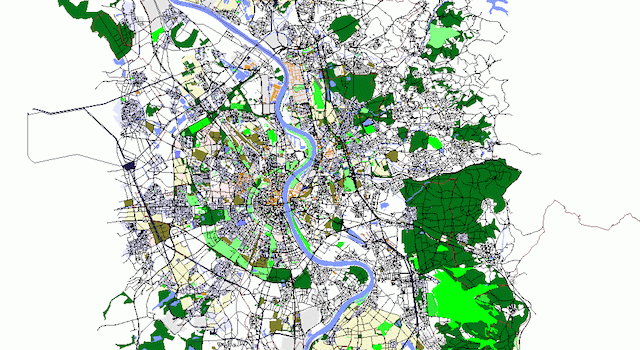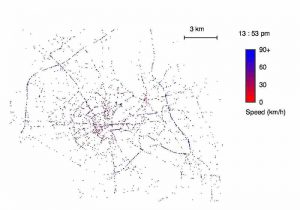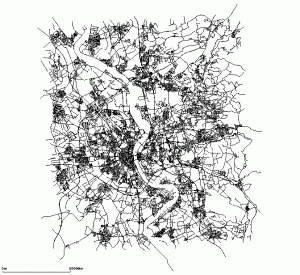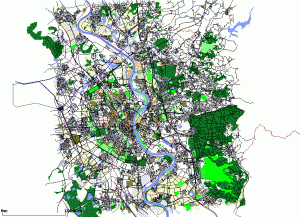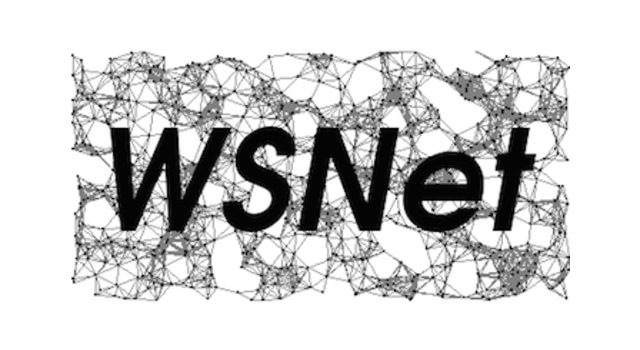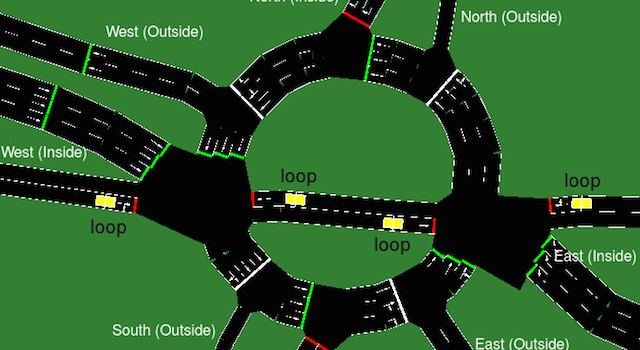
The vehicular mobility dataset is mainly based on the real data collected by the General Departmental Council of Val de Marne (94) in France. The General Departmental Council of Val de Marne is a regional agency in charge – amongst other activities – of the transportation systems.
Different simulations tools and models are brought together to characterize and synthesize this trace:
- the street layout of Creteil roundabout area is obtained from the OpenStreetMap database,
- the traffic demand information on the traffic flow is derived from car counting and camera video analysis,
- the traffic assignment of the vehicular flows is performed by Gawron’s dynamic user assignment algorithm, included in the SUMO – Simulation of Urban MObility – simulator.
- the traffic light mechanism is derived from sequence adaptation manually documented in the regional transportation system.
The resulting synthetic trace includes a roundabout with 6 entrances/exits, 2 or 3-lanes roads, 1 bus road, 4 changing-lane spots, 15 traffic lights. It comprises around 10000 trips, over rush hour periods of two hours in the morning (7AM-9AM) and two hours in the evening (5PM-7PM).

